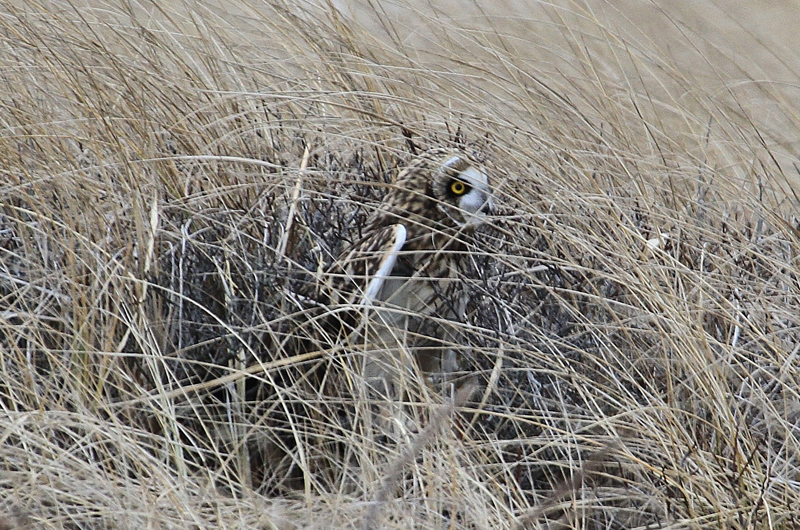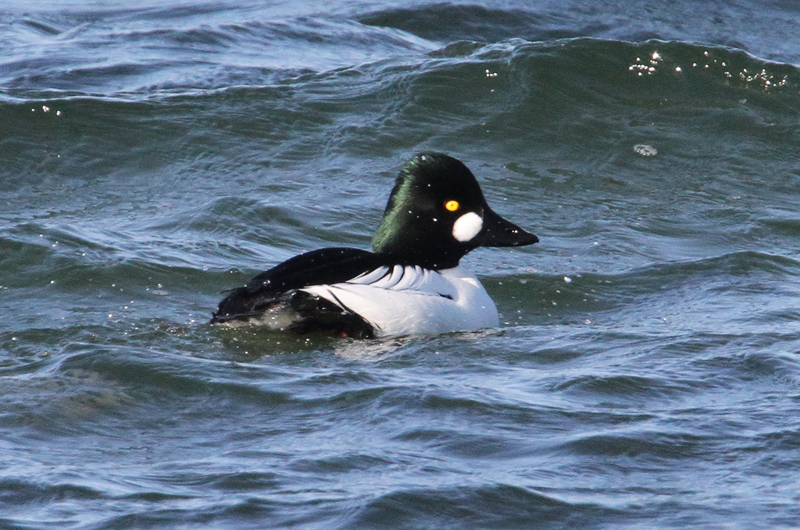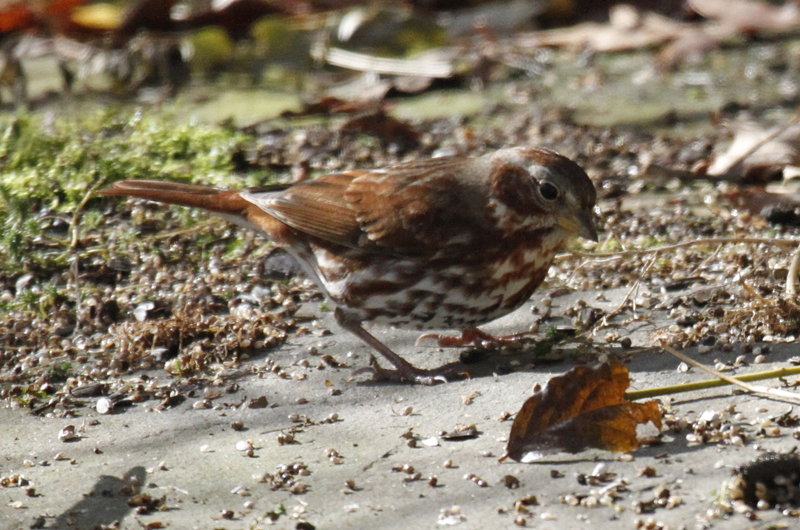Is it possible to count all the birds on the Island? On Friday, Dec. 30. about 60 people will try to do just that.
To do this, the Island is divided up into about twelve territories, with a team of birders assigned to each territory. We are not supposed to leave our assigned territory; and truth be told, each territory is way too big to cover completely. This methodology reduces the probability of multiple teams counting the same bird.
We will not count every bird on Martha’s Vineyard. Nor will we find every species that is on the Island; additional species always turn up within a few days of the count. But efforts are fairly consistent from year to year. The same team of birders generally covers the same territory every year, and they tend to visit the same parts of each territory.
You can help us to find a few of the species that we often miss: wood duck, northern bobwhite, killdeer, red-headed woodpecker (different from red-bellied), northern shrike, house wren, white-crowned sparrow, dickcissel, rusty blackbird, brown-headed cowbird, Baltimore oriole, red crossbill, white-winged crossbill, common redpoll and pine siskin. Please tell us when and where you find any of these species, or any other species you think is unusual, and send along a photo if possible. The appropriate team will try to find the bird on count day.
And please submit a feeder report of your sightings on count day. Your reports are important, as almost every year feeder reports add a species that is not found by the field teams. More information about how to conduct a feeder count is available online at biodiversityworksmv.org/our-projects/mv-christmas-bird-count. You can also email compiler Luanne Johnson at luannej@biodiversityworksmv.org for more information.
The results of our count, along with more than 2,000 other counts across the continent (and in Central and South America), will be sent to the National Audubon Society. The results will be compiled and these data are used to determine regional and national population trends. Our count has been conducted annually since 1960, and the first Christmas Bird Counts were conducted in 1900, making this far and away the largest citizen science project in the world.
We expect to see about 120 species; the most we have ever recorded is 130 species, which we reached in both 2003 and 2007. With your help, we can exceed these totals.
And be forewarned — lots of us will be out and about on Friday Dec. 30, looking for all the birds we can find.
Bird Sightings
There are two pieces of hummingbird news. First, Gary Mirando last saw the black-chinned hummingbird on the afternoon of Dec. 15, which is the day before temperatures plummeted to about 10 degrees — awfully cold for a bird that eats nectar and insects. The second piece of news is that Myron Garfinkle spotted a hummingbird on the South Road end of Quansoo Road on Dec. 18 — it flew right in front of him, then stopped and travelled backwards before disappearing from view. Keep a sharp lookout for this or any other hummer.
On Dec. 17, Wendy Culbert was on Slough Cove Road before sun-up when a short-eared owl flew across the road. This is a species that was an abundant year-round resident as recently as the late 1970s, when one or more of them could be seen flying around the south shore at any time of the day. Unfortunately, they no longer breed here and they are quite rare in the winter.
The morning snow on Dec. 17 brought some unusual birds in to Penny Uhlendorf’s feeder. In addition to the usual birds there were a pair of rusty blackbirds, a fox sparrow and a chipping sparrow. Snow will bring birds in to feeders because it covers their normal food.
On Dec. 16, Jeff Bernier braved the cold and wind as he birded Little Beach. He found dunlin, black-bellied plover, sanderling and a solitary ruddy turnstone “huddling together in depressions to get out of the howling wind and yet be in the sun.” One of the dunlin had some droplets of ice frozen onto its belly feathers. He also observed flocks of common eiders and common goldeneye in Edgartown harbor.
Winter residents are still arriving and rarities are still migrating through; please look for them and report your sightings to birds@mvgazette.com.
Robert Culbert leads guided birding tours and is an ecological consultant living in Vineyard Haven.










Comments
Comment policy »